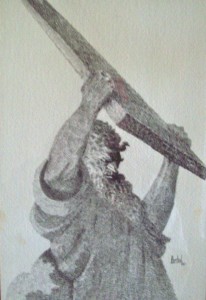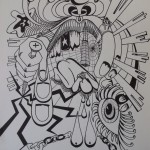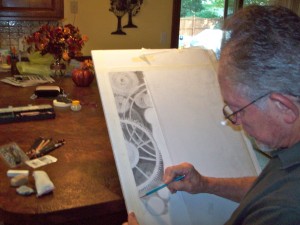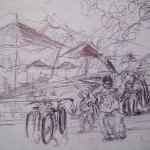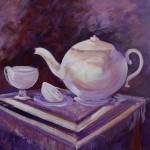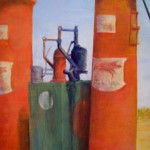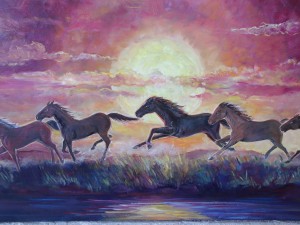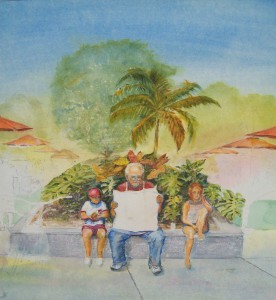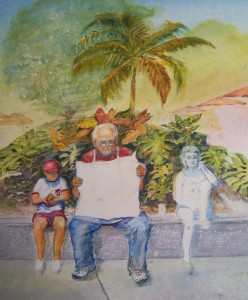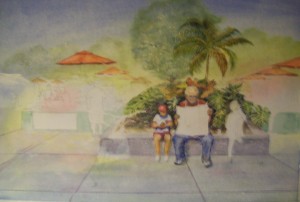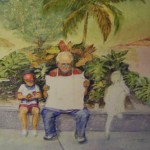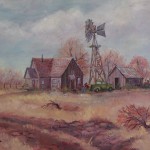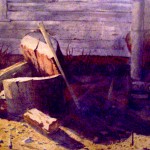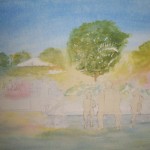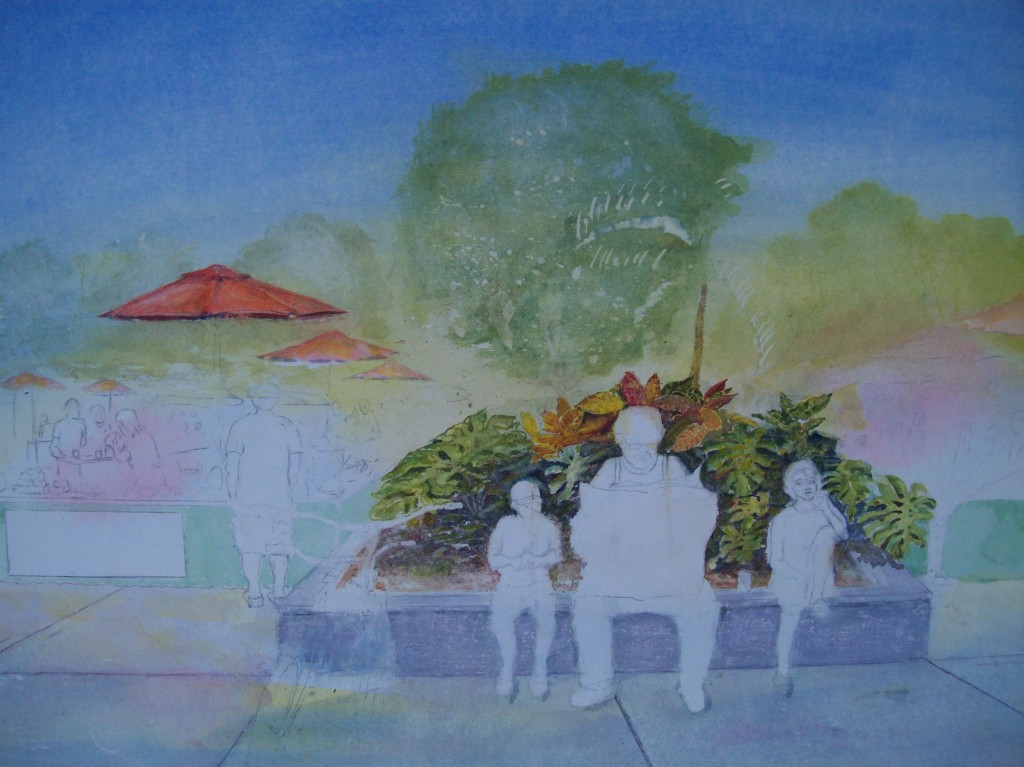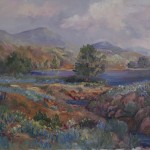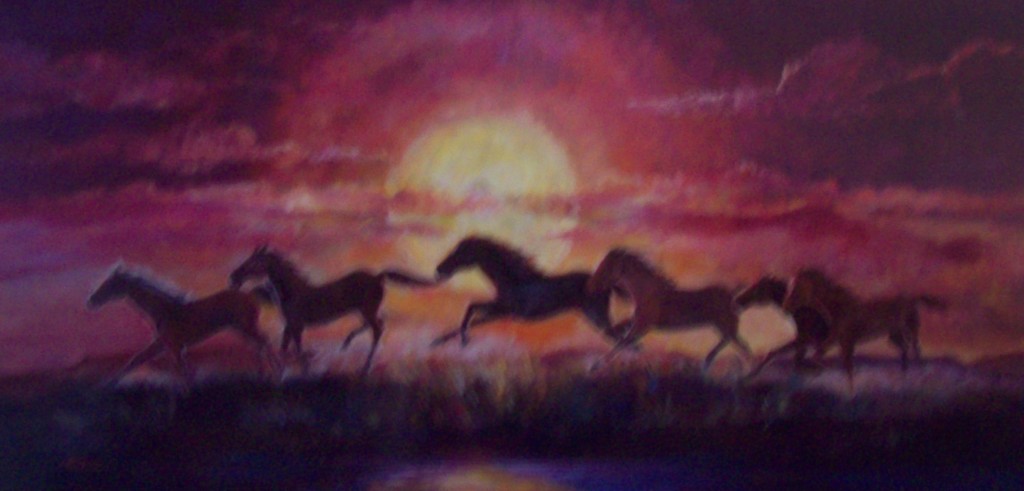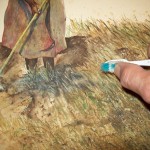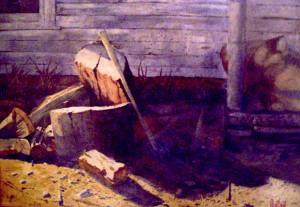
There are several considerations one must factor in when building an art career. The most important is how to juggle the time it takes to create art that can be sold while marketing the work they create. Also, understanding marketing as well as you understand art. By its very nature this forms a dichotomy in a sense because marketing a product is entirely different from having the talent to paint a picture.
Since marketing is generally not the forte of a talented artist, the best market is often the one among the the people they know.
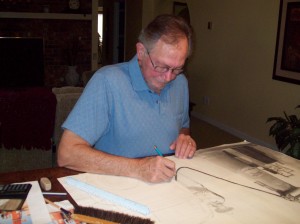
An error many artist make is thinking if they can get into a gallery chain and be seen by people everywhere they could have a successful career and be freed up of the drudgery of marketing. This my be the way to go after one has made a name for themselves, but therein lies the rub. Have they really made a name for themselves? The most fruitful and easiest sales are to the people you know personally.
My suggestion to artists is to start locally with family and friends. If done properly, they can help create a group of local buying patrons that can be responsible for suggesting their friends and other referrals that will open doors. However, as far as your family and friends are concerned, they must understand you are in business, and there are no freebies. You are selling your art. You are building an art career. Here is something to consider. Have you ever thought of using your family and friends homes as art galleries?…hang your work in their homes for show and sell? They have a painting for a while hanging in one of their rooms, but it is for sale.
All an artist is doing here is networking. For an artist with no understanding of marketing in this manner, there are tons of self help books on the market that assist you in your efforts. These books usually have networking or network marketing in the title and are usually very informative. They are readily available in bookstores or on the internet. I would get the latest and most recent “hot” seller, since there are always new and improved ways to network.

We have a new art table coffee book that you enter for when signing up to be a member of our newsletter. IT IS THE BEAUTIFUL SPLASH 14 – Light and Color. If you are not already a member, be sure to sign up and join us. The winner of Collins Big Book of Art is (initials) RCA in the USA.
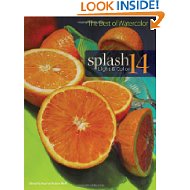
Feel free to make comments about the blog, art, or anything else you find on this sight. We monitor spam carefully, so don’t put us to the trouble, please.
